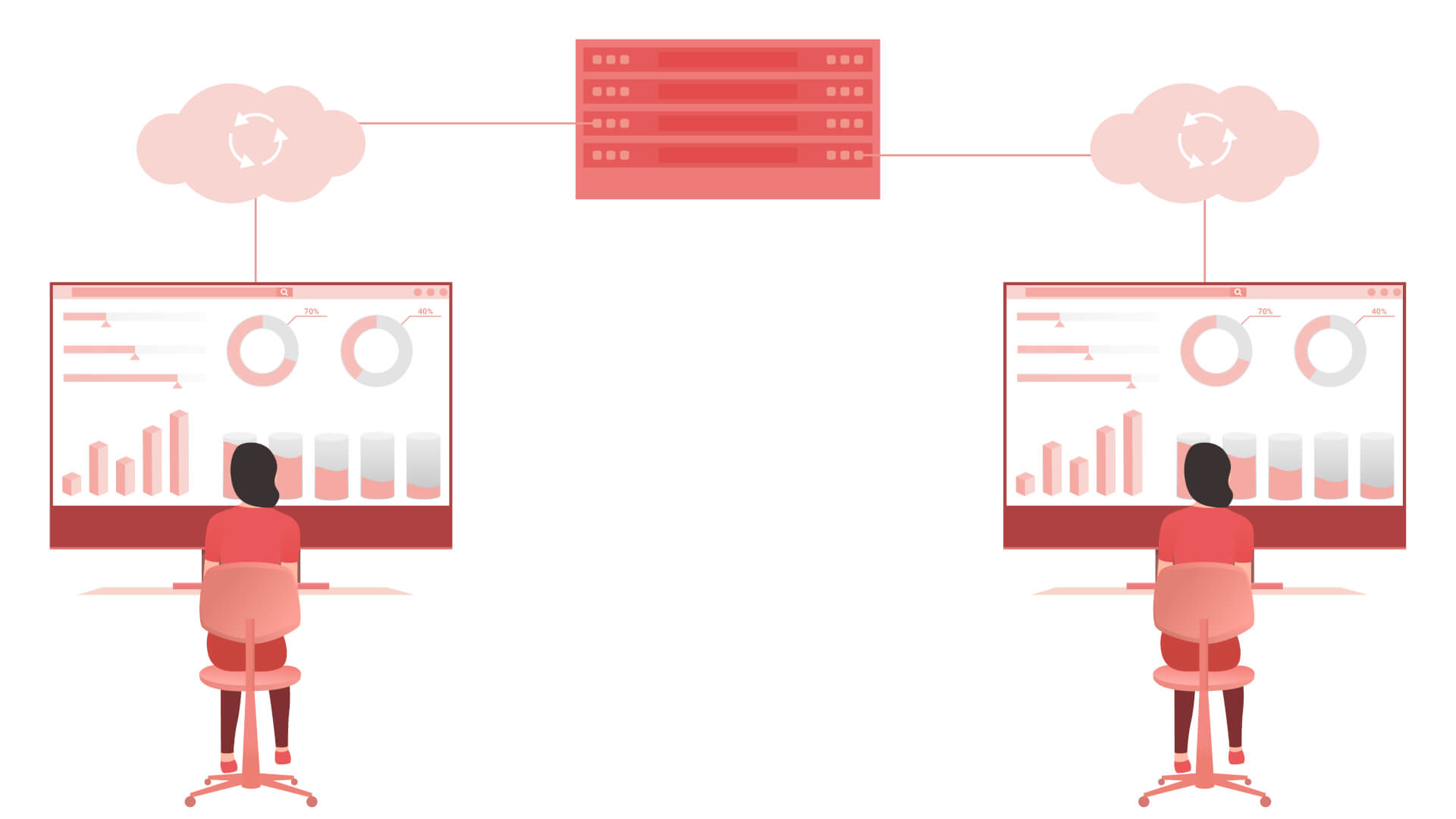 Sales teams are constantly seeking new ways to enhance their revenue growth strategies. One powerful tool that has gained popularity in recent years is Net Promoter Score (NPS) integration.
Sales teams are constantly seeking new ways to enhance their revenue growth strategies. One powerful tool that has gained popularity in recent years is Net Promoter Score (NPS) integration.
By aligning customer sentiment with sales efforts, companies can drive sustainable growth and build long-term customer relationships. In this comprehensive guide, we will explore the ins and outs of NPS integration for sales teams, from understanding the basics to implementing best practices for success.
I. Introduction
Net Promoter Score (NPS) is a metric that measures customer loyalty and satisfaction based on a simple question: "How likely are you to recommend our product/service to a friend or colleague?" By integrating NPS into sales processes, teams can gain valuable insights into customer preferences, identify areas for improvement, and ultimately increase revenue through enhanced customer relationships.
II. Understanding NPS Integration
A. What is NPS?
Net Promoter Score (NPS) is a widely used metric that helps companies gauge customer loyalty and satisfaction. It is calculated based on responses to a single question, typically on a scale of 0-10. Customers are categorized into Promoters (score 9-10), Passives (score 7-8), and Detractors (score 0-6). The NPS score is calculated by subtracting the percentage of Detractors from the percentage of Promoters, resulting in a score between -100 and +100.
B. Importance of NPS for Sales Teams
For sales teams, NPS provides a direct measure of customer satisfaction and loyalty, which are key drivers of revenue growth. By understanding how customers perceive their products or services, sales teams can tailor their strategies to meet customer needs and preferences. NPS also helps identify areas of improvement, allowing teams to address issues proactively and enhance the overall customer experience.
C. Benefits of NPS Integration
Integrating NPS into sales processes offers a range of benefits for companies looking to drive revenue growth. By aligning customer sentiment with sales efforts, teams can:
- Identify loyal customers and advocates who are likely to refer new business
- Pinpoint areas for improvement and address customer concerns promptly
- Measure the impact of sales strategies on customer satisfaction and loyalty
- Build stronger relationships with customers through personalized interactions
III. Implementing NPS Integration

A. Steps to Integrate NPS into Sales Processes
To successfully integrate NPS into sales processes, companies should follow a structured approach:
- Define clear objectives and goals for NPS integration
- Select the right NPS survey format and distribution channels
- Train sales teams on how to interpret and act on NPS feedback
- Integrate NPS data into CRM systems for seamless tracking and analysis
- Establish a feedback loop to continuously monitor and improve customer satisfaction
B. Tools and Software for NPS Integration
 Several tools and software platforms are available to help companies integrate NPS into their sales processes.
Several tools and software platforms are available to help companies integrate NPS into their sales processes.
Popular options include:
- SurveyMonkey: A user-friendly survey tool for collecting NPS feedback
- Salesforce: A CRM platform that allows for seamless integration of NPS data
- Qualtrics: A comprehensive experience management platform that includes NPS surveys and analytics
C. Challenges and Solutions
While implementing NPS integration for sales teams, companies may face challenges such as:
- Low survey response rates
- Difficulty in interpreting NPS feedback
- Resistance from sales teams to adopt new processes
To overcome these challenges, companies can:
- Offer incentives for survey participation
- Provide training and support for interpreting NPS data
- Align NPS goals with sales team incentives to drive adoption
IV. Leveraging NPS Data for Revenue Growth

A. Analyzing NPS Feedback for Sales Insights
NPS feedback provides valuable insights into customer preferences, pain points, and satisfaction levels.
By analyzing NPS data, sales teams can:
- Identify trends and patterns in customer feedback
- Segment customers based on loyalty and satisfaction levels
- Pinpoint areas for improvement in products or services
- Tailor sales strategies to meet customer needs and preferences
B. Using NPS Scores to Drive Revenue Strategies
 NPS scores can be used as a key performance indicator (KPI) for sales teams, helping to measure the impact of sales efforts on customer satisfaction and loyalty. By tracking NPS scores over time, companies can:
NPS scores can be used as a key performance indicator (KPI) for sales teams, helping to measure the impact of sales efforts on customer satisfaction and loyalty. By tracking NPS scores over time, companies can:
- Set benchmarks for customer satisfaction and loyalty
- Align sales strategies with NPS goals to drive revenue growth
- Identify opportunities to upsell or cross-sell to loyal customers
- Measure the ROI of sales initiatives based on NPS outcomes
C. Case Studies: Successful NPS Integration for Sales Teams
Several companies have successfully integrated NPS into their sales processes, leading to improved customer satisfaction and revenue growth. Case studies from companies like Apple, Amazon, and Zappos demonstrate how NPS integration can drive long-term success and customer loyalty.
By following their example and implementing best practices for NPS integration, sales teams can achieve similar results in their own organizations.
V. Best Practices for NPS Integration
A. Tips for Maximizing NPS Impact on Revenue
 To maximize the impact of NPS integration on revenue growth, sales teams should:
To maximize the impact of NPS integration on revenue growth, sales teams should:
- Act on NPS feedback promptly and proactively
- Share NPS data and insights across the organization
- Use NPS scores as a key performance metric for sales teams
- Continuously monitor and improve customer satisfaction based on NPS feedback
B. Common Mistakes to Avoid
When integrating NPS into sales processes, companies should avoid common pitfalls such as:
- Ignoring or dismissing negative NPS feedback
- Focusing solely on increasing NPS scores without addressing underlying issues
- Neglecting to involve sales teams in NPS integration efforts
- Failing to track and measure the impact of NPS on revenue growth
C. Continuous Improvement and Monitoring
 Successful NPS integration is an ongoing process that requires continuous improvement and monitoring. Companies should:
Successful NPS integration is an ongoing process that requires continuous improvement and monitoring. Companies should:
- Solicit feedback from sales teams on the effectiveness of NPS integration
- Regularly review NPS data and adjust sales strategies accordingly
- Conduct periodic surveys to track changes in customer sentiment
- Celebrate successes and milestones in NPS integration to motivate sales teams
VI. Conclusion
In conclusion, NPS integration offers a powerful tool for sales teams to align revenue growth with customer sentiment. By understanding the basics of NPS, implementing best practices for integration, and leveraging NPS data for revenue strategies, companies can drive sustainable growth and build lasting customer relationships.
By following the tips and case studies outlined in this guide, sales teams can unlock the full potential of NPS integration and achieve success in today's competitive market.